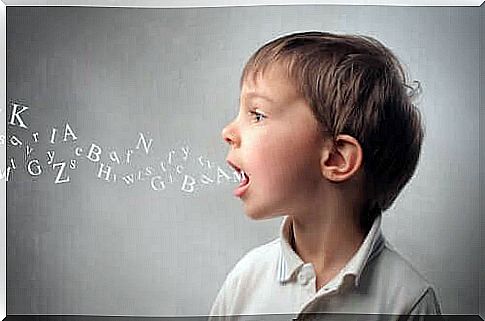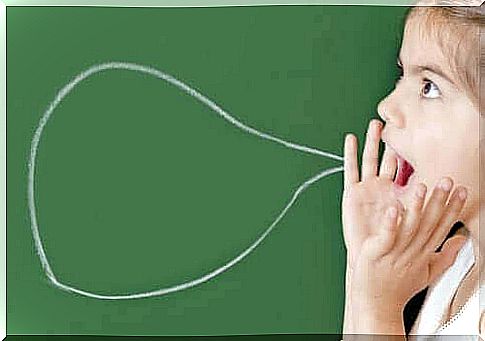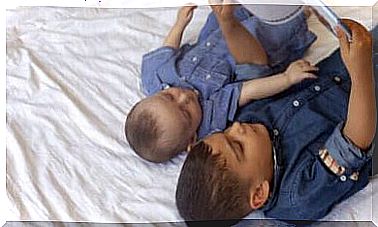Child’s Phonological Consciousness

Have you ever wondered why we talk a certain way? Or why do children learn to form sounds that gradually turn into words? Behind this is the phonological consciousness that every person develops at a young age without even realizing it.
What is a child’s phonological consciousness?
Phonological awareness is the basis of all kinds of oral communication. Without voices, we cannot form words and express our thoughts orally. Phonological awareness means the ability to divide speech into units of different sizes, such as sounds, syllables, and words, and the ability to construct entities from said parts, i.e., words and sentences.
As he begins to communicate with other people in words, the child begins to develop this skill. Over time, the child learns that the spoken language consists of words, words by syllables, and syllables by phonemes.
Although phonological consciousness begins to develop as early as early childhood, it changes and matures throughout a person’s life. Examples include improving expression or learning a new language.
Phonology in early childhood
Let’s start from the beginning and think about how you talk to a small child. Adults usually do not use the same tone of voice or complex phrases when talking to a baby as when talking to an older child or another adult. Through this phenomenon, the child learns the sounds and words formed by the language in an intuitive way.

Imitation and repetition play an important role at this point. Pronunciation is a complex and difficult-to-manage process that requires many parts of the mouth and throat.
Effects of phonological consciousness on the child
Phonological awareness is defined as the ability to understand the structure of oral language and the phonological segments of words. This ability is essential for learning and understanding written language. Therefore, learning to speak correctly during childhood is very important.
At school, children first begin to learn through oral exercises, after which the teacher teaches them sounds and letters that match the words. At first, the child mimics the teacher’s writing, but as he or she grows up, he or she learns to write the words and phrases he or she speaks. Little by little, the child learns that not everything he says or writes is correct and that our language follows certain rules.
Strengthening the child’s phonological awareness
Imitation and repetition
As mentioned above, imitation and repetition is the most commonly used method for children, but it can also be helpful for teens and adults. The older a person grows, the longer it takes him to adapt to new phonological rules. However, it is by no means impossible.
A person can improve the pronunciation of both their own mother tongue and a foreign language at any age. He just needs a good example to follow.
The child should repeat similar words or mimic the emphasis or pronunciation of other words. The more a child exercises his ability, the easier it is for him to adapt.

Reading
A child can be helped to reach his or her phonological potential through two different reading methods. These are reading aloud and listening to and imitating reading aloud. If a parent reads a story with multiple characters with the child, the story can well be read together.
Any reading is helpful for the child. Learning this habit is useful not only for writing and speaking, but it also helps to expand a child’s vocabulary and develop creativity and imagination.
Pronunciation
Sometimes it is difficult for a child to pronounce certain sounds and voices. In such a case, the help of a speech therapist may be the best solution for practicing pronunciation. She not only practices with the child at her reception, but also advises the family on exercises that can be utilized at home.









